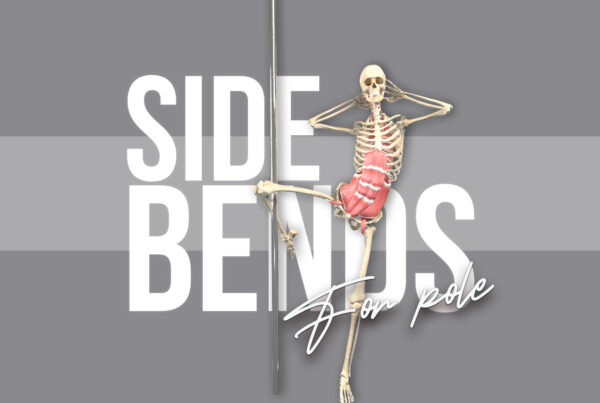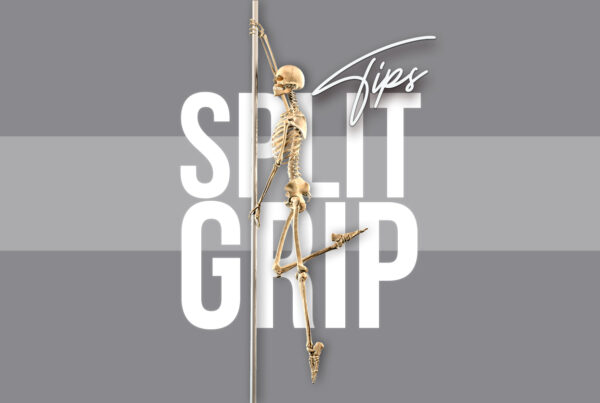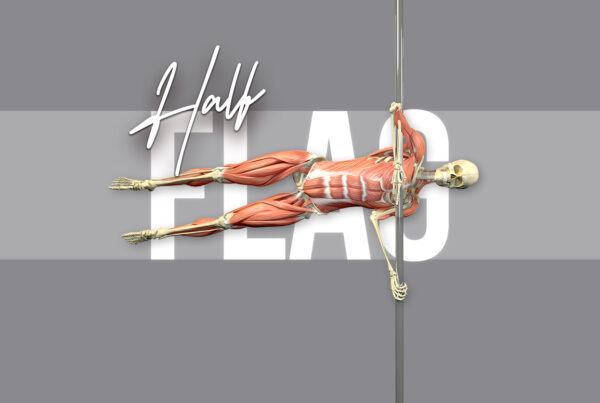New year, new… oh, wait, never mind 🙈
I started writing this blog on the morning of the first Monday of 2021. The first, promising week of a fresh, shiny new year. My Insta feed was bubbling with ‘new year, new me’ vibes. There was a palpable pang of positivity in the air. Oooo alliteration.
Then, 8pm came. England was plunged into another national lockdown. That hum of new year optimism slowly morphed into the sound of a million dry January resolutions crumbling across the country.
Still, underlying sense of impending doom aside, my love this time of year remains! It STILL feels like a new beginning of sorts – and although most New Year’s resolutions ultimately meet the same sad fate as a spare room exercise bike covered in laundry (and that might be even more so this year!) I STILL think it’s a great time to reflect and set new goals for the year ahead.
After the crapper we were dealt in 2020, I think we’re all due a re-do, and I hope things are a little different this time around. After all, we’re wiser now. Our struggles through 2020 have set us up for a stronger 2021. We’ve learnt how to adapt to changes outside our control and we can set our 2021 fitness and pole goals armed with this new knowledge – and with adaptability and home training back-ups in mind!
If you’re separated from your pole studio right now, I feel you. I hope you’re reunited with your happy place soon. Until then, wherever you are in the world and whatever the universe still has left to throw at us… fling those underpants and socks off that bike in the spare room – we’re pole dancers, we got this!
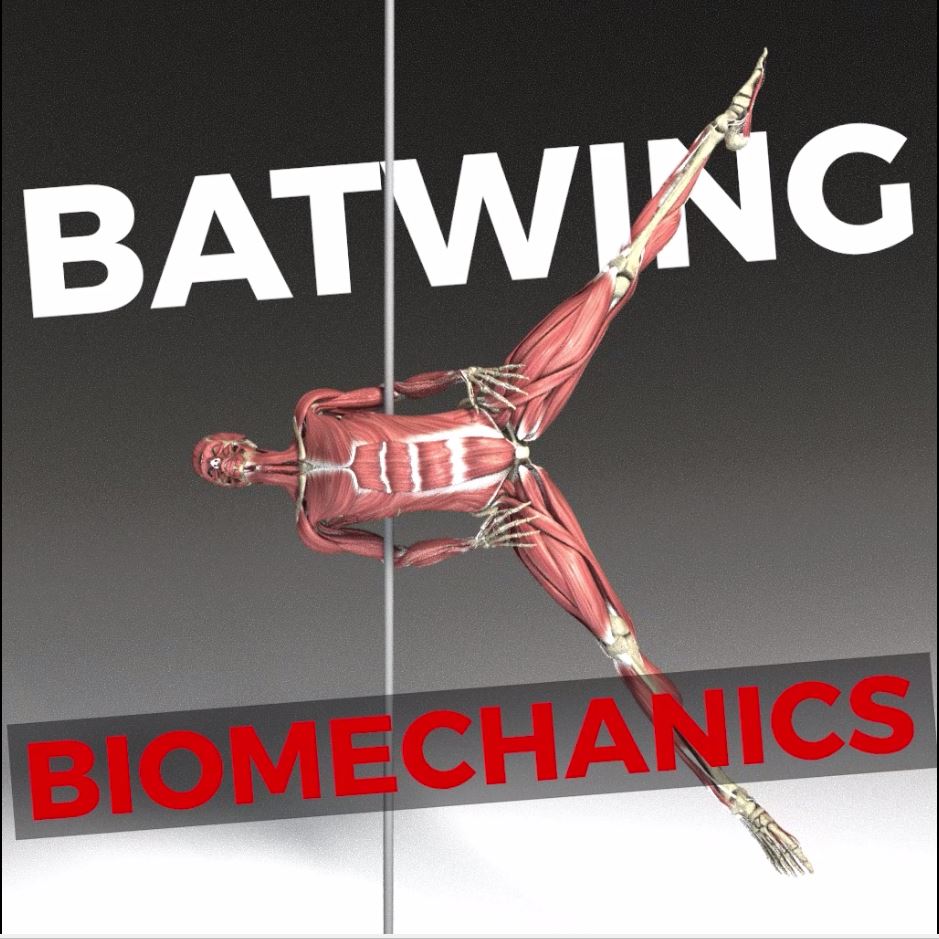
Batwings for bats
One positive thing that came out of 2020 for me personally, was the charity fundraising we were able to do here at the Pole PT. In November, I ran a ‘Give Back Friday’ sale and was overwhelmed (figuratively and literally!) with the response! On the weekend of the sale, I worked around the clock, in a wild-eyed, coffee-fuelled haze, typing furiously at my keyboard trying to stay on top of behind-the-scenes admin.
Needless to say, me and my weary keyboard are gonna be better prepared this year, but it was 100% worth the caffine-induced delirium. We raised an incredible £4,550 for the Bat Conservation Trust in just one weekend! 🦇
To put that in perspective… in the first year of The Pole PT’s existence in 2016, I ran this Give Back Friday sale and raised £107. I feel honoured to be in a position to continue doing this and to be able to give a little back to the world. Bats have had a bad rep recently and The Bat Conservation Trust really does such important work. I thank every single one of you for making this little bit of kindness possible!
Anyhoo, the reason I’m rambling on about it here is not only because I wanted another opportunity to celebrate it (whoop! 🎉), but also because I wanted to gather together the batwing exercises I posted on social media as part of the promotion for the fundraiser.
If a badass batwing is on your 2021 goal list – welcome, you’ve come to the right place!
In this blog post, I’ll explain a little about the biomechanics of the batwing and share some exercises you can use to train the key elements of it – both on and off the pole! Let’s goooooo….
Biomechanics of the pole dance batwing
The batwing is 100% ninja-level pole move! Let’s look at the main anatomical requirements of this trick.
If you’d rather watch than read, here’s the full batwing biomechanics video:
Batwing anatomy #1 – Spinal rotation
The transition into the batwing (usually from a broken doll) requires a high degree of mobility and strength in spinal rotation.
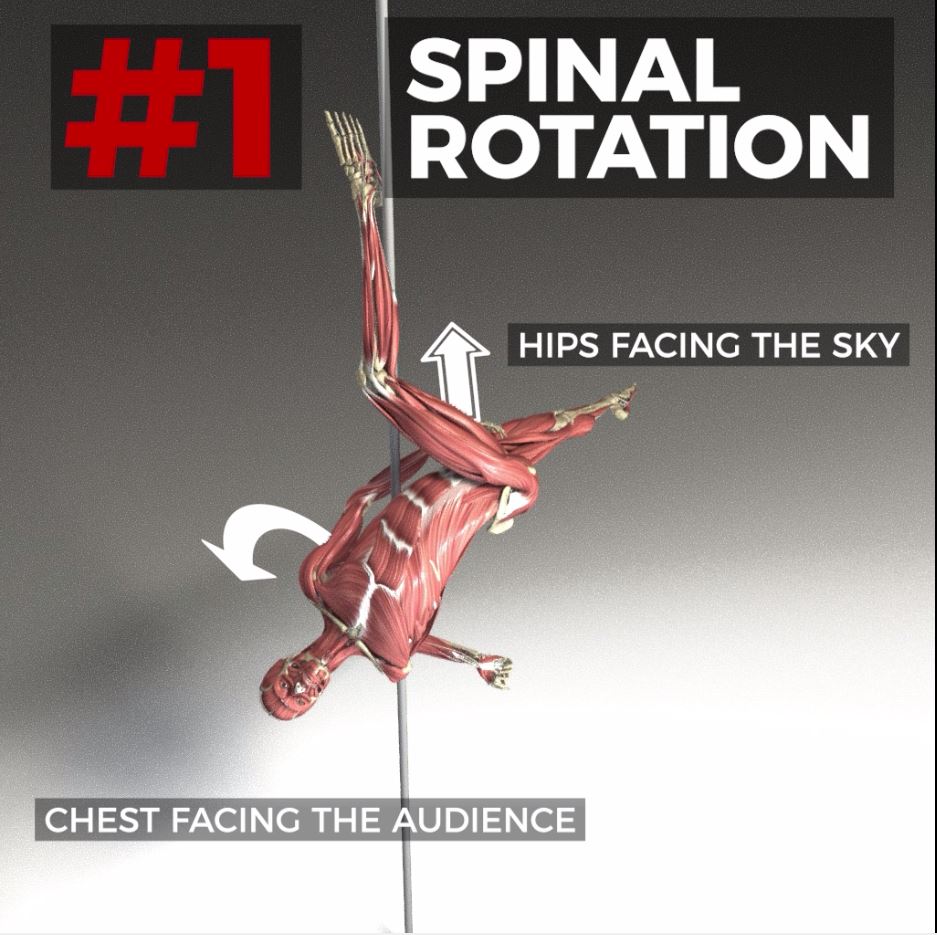
In the broken doll above, you can see that our chest is facing out to the “audience” and our hips are pretty much facing up to the ceiling. When we release the top leg from the pole, we then need to control the rotation of our hips as we rotate them to face the same way as our chest.
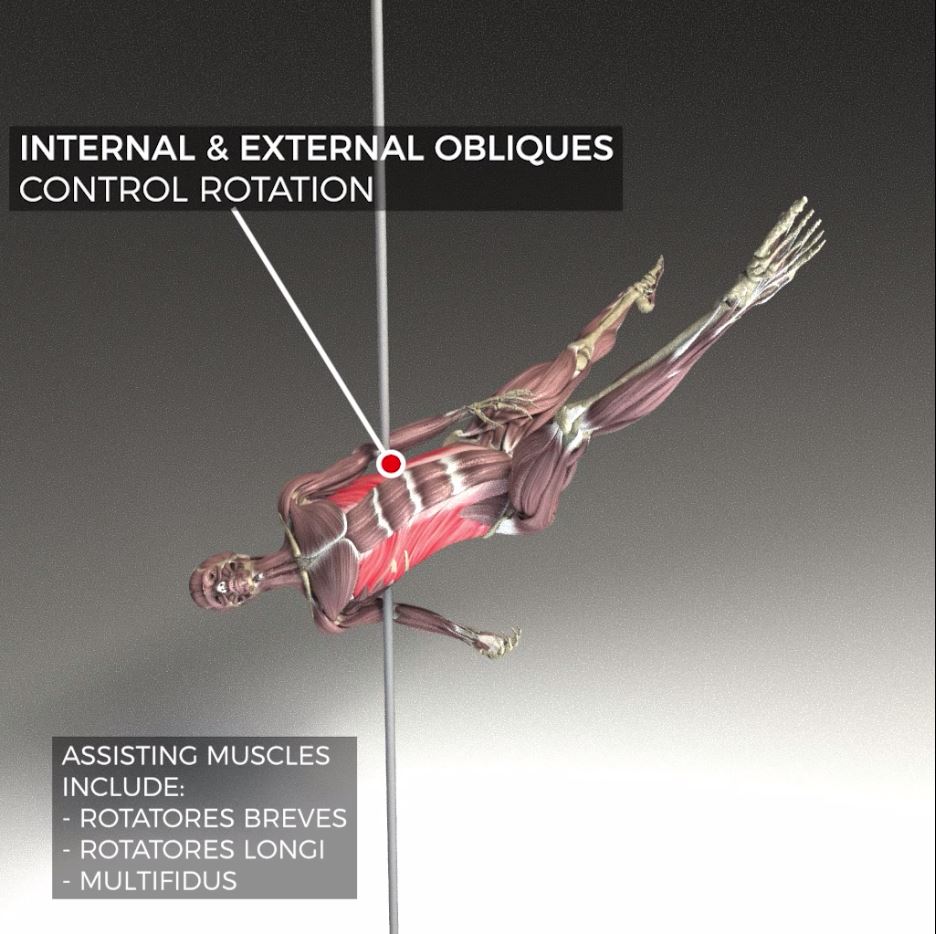
Our external and internal obliques are the main drivers of this movement, with assistance from the rotatores breves, rotatores longi, and multifidus.
Batwing anatomy #2 – Anti-lateral flexion core strength
To hold our body parallel to the floor in the batwing position – which, let’s face it, is essentially a super extra elbow-demon human flag variation – we need some anti-lateral flexion super power from our core.
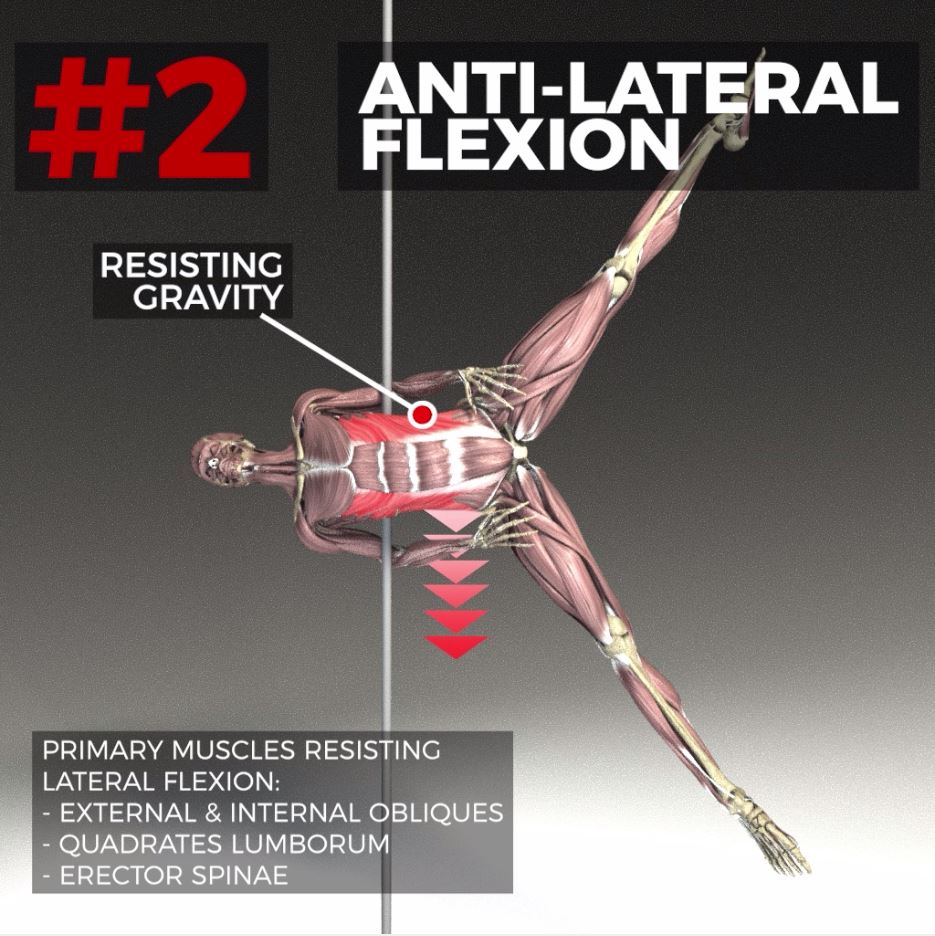
It’s our external and internal obliques, quadrates lumborum and erector spinae that work hard here to resist our hips from drooping towards the ground!
Batwing anatomy #3 – Thoracic extension
In the batwing, the pole runs across our mid-back, so we need strength and mobility, particularly in thoracic extension, to create space for the pole, avoid unnecessary ‘pole vs. spine’ arguments and create engagement around that contact point.
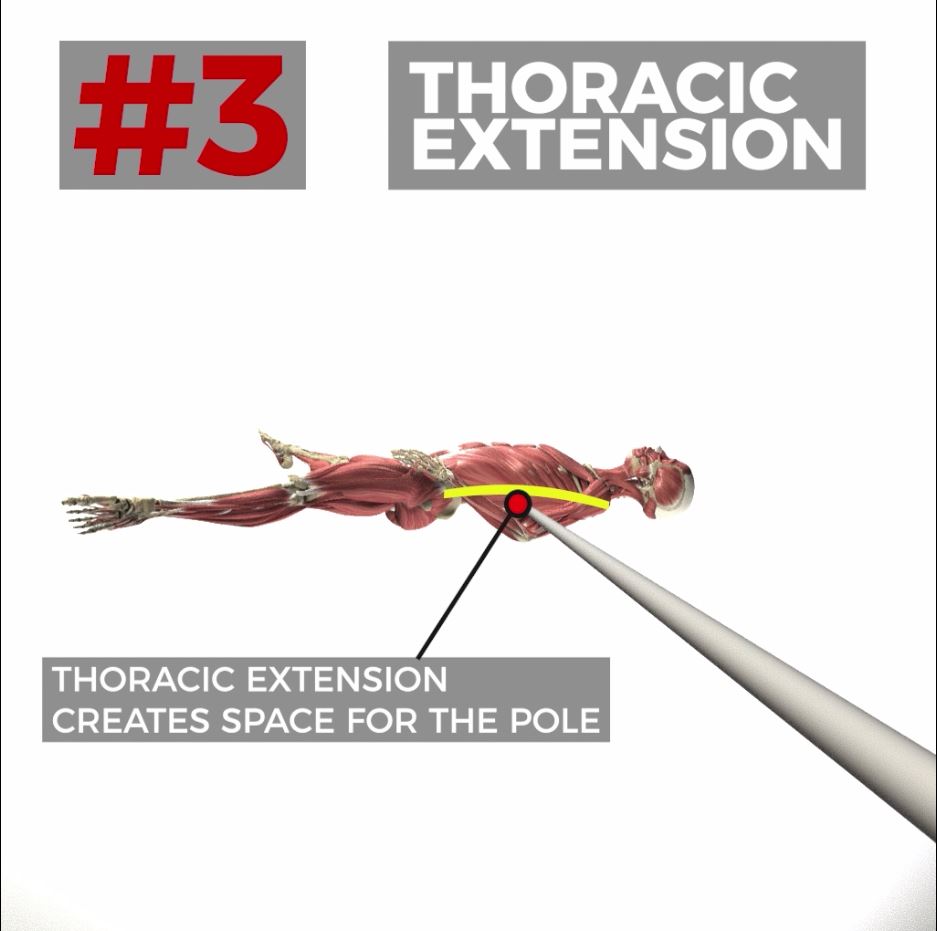
This thoracic extension requires strength in our upper back, particularly from the main thoracic extensors of the erector spinae (Iliocostalis, Longissimus, Spinalis).
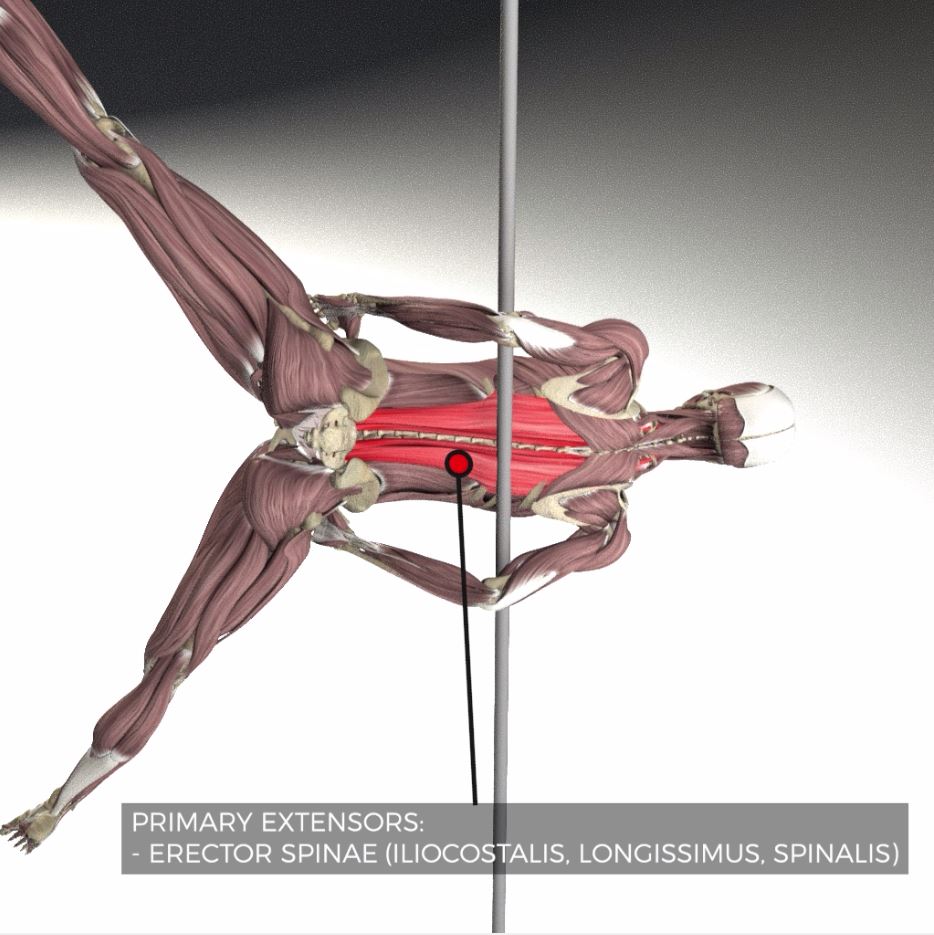
Batwing anatomy #4 – Elbow grip
When we do the batwing, our arms are in a small degree of extension (elbows slightly behind us) and we’ve got some serious isometric bicep engagement keeping our arms bent around the pole.
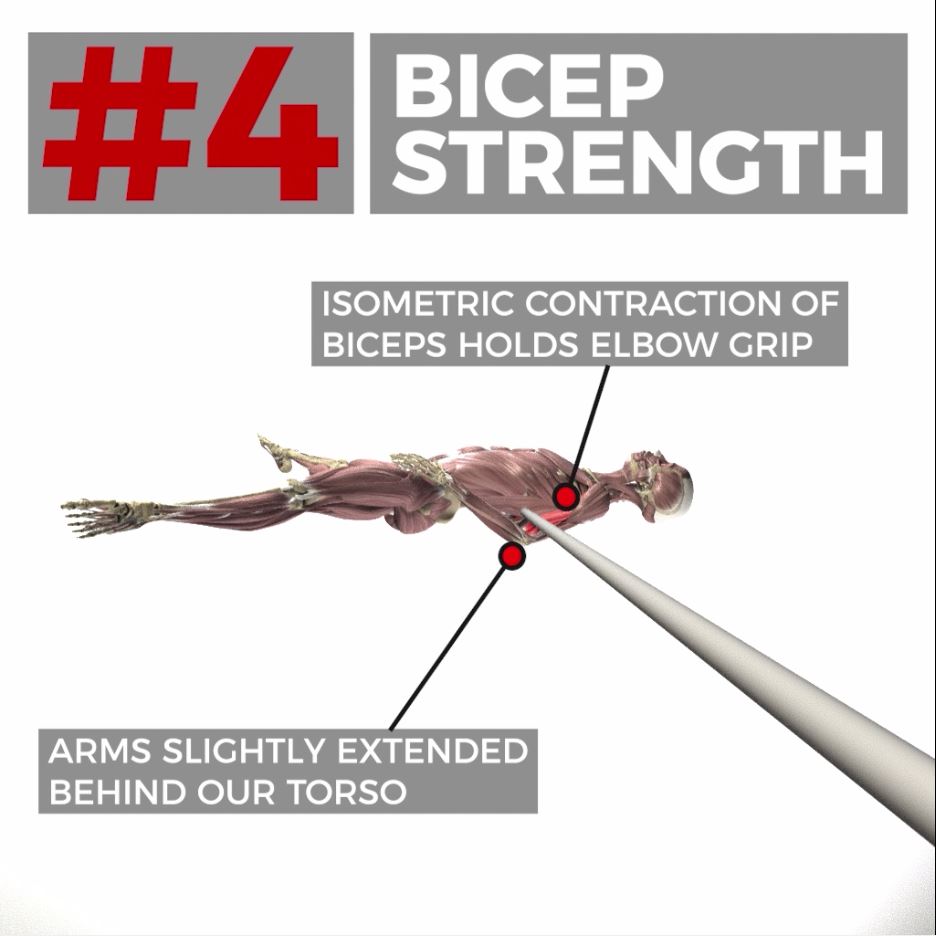
We are pronating our forearms to place our hands on our thighs.
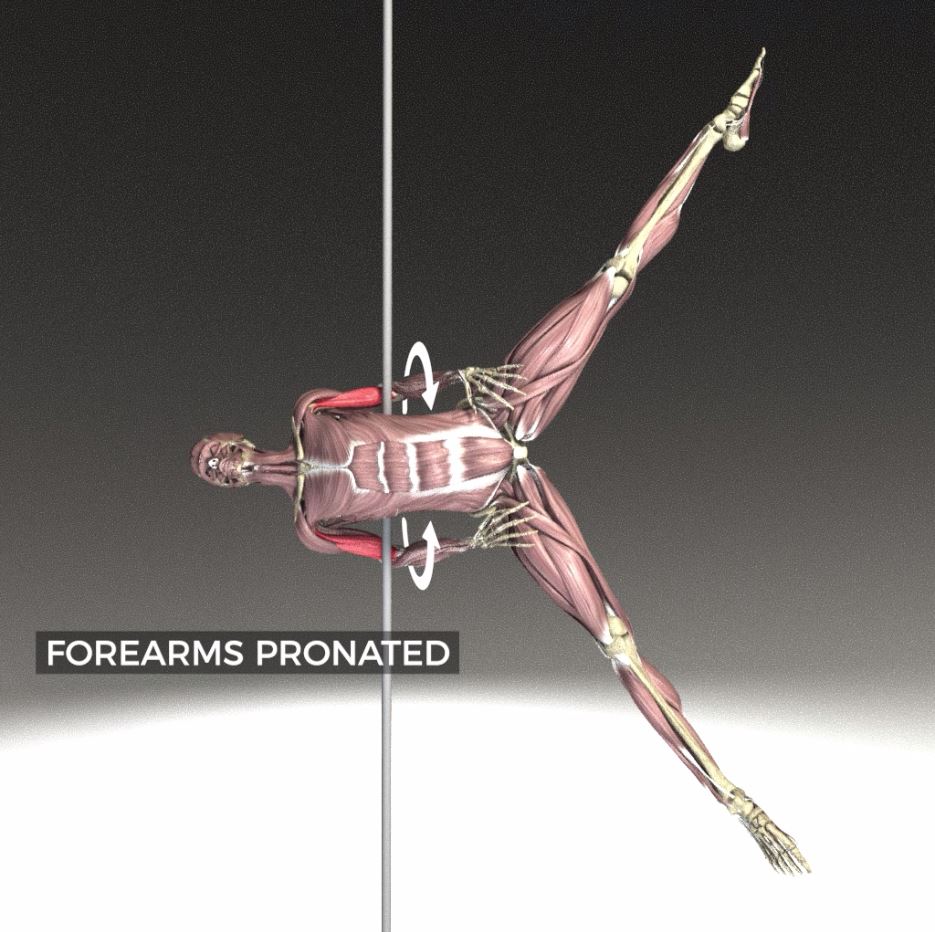
Batwing anatomy #5 – The straddle!
The final element of the batwing that I want to mention is: legs!
We’re holding them in a straddled position, engaging the quads to keep the legs straight, and the abductors (gluteus medius, gluteus minimus & TFL) to create the straddle and external rotation of the legs.
It’s worth mentioning that our hips are usually flexed here, too, so our hip flexors will be working hard to maintain this straddle position, as well. The closer our feet are to the contact point of the pole, the shorter the lever and the less core stability and strength that is required to hold the position. Is it a combination of hip flexion and abduction that enables us to get our feet closer to the pole and reduce the demand on our core. So if you have great hip abduction, you might need to flex the hips less, and vice-versa! And if your core, back and upper body is hella strong, you’ll be able to move those feet further away from the pole – and maybe even do this in the more advanced pencil position.
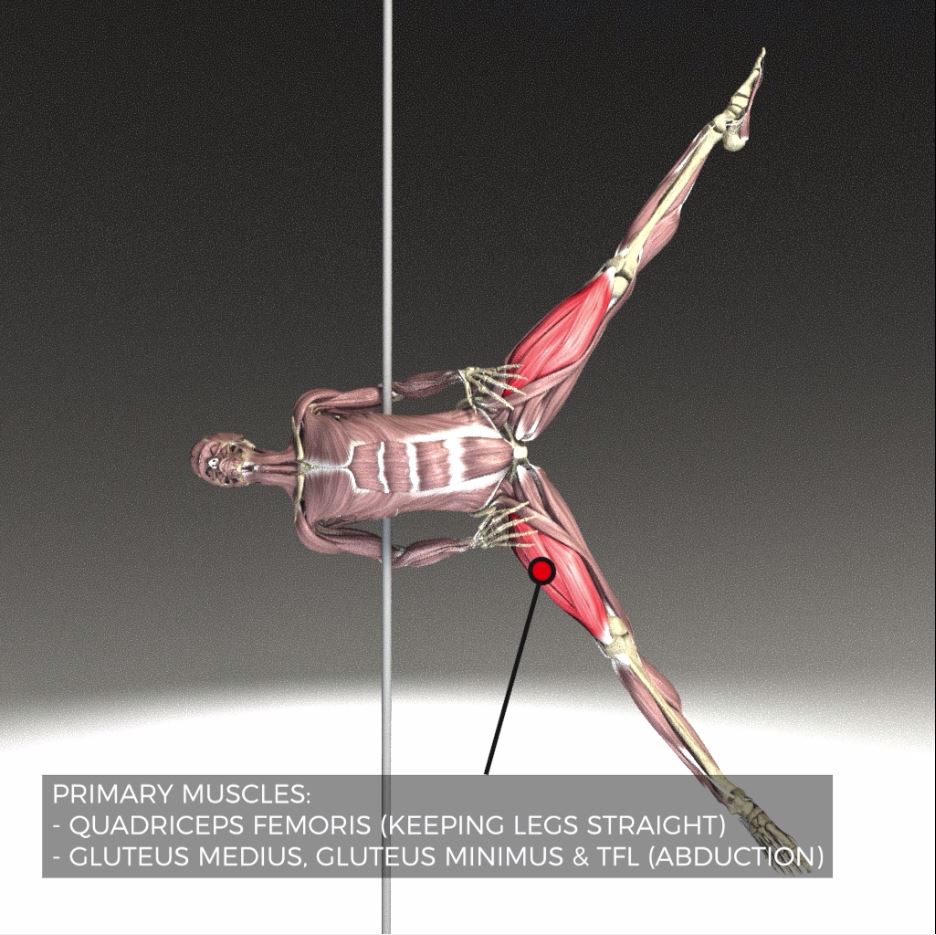
5 batwing conditioning exercises
I’ve chosen these 5 conditioning exercises to specifically cover all the key requirements of our batwing.
- Spinal rotation ✔
- Anti-lateral flexion core strength ✔
- Thoracic extension ✔
- Bicep strength ✔
- Quad and abductor strength ✔
- Oh, and some very specific conditioning for that ouchy elbow grip ✔
Exercise #1 – Thoracic rotation
First up, we’re working the rotation of the upper body while keeping our hips still.
If your thoracic rotation is already ninja and you can do your broken doll comfortably, instead of using this as a conditioning exercise, you can include this movement as part of your warm up prep before training your broken doll/batwing on the pole.
Reps/sets guide:
As a conditioning exercise: 10 reps each side x 3 sets
As warm up prep: 10 reps each side x 1-2 sets
Exercise #2 – Hip rotation
This exercise is all about controlling the rotation of our hips and maintaining core engagement through that rotation!
If you can’t do your batwing yet / are working on the control of the hips, include this exercise in your conditioning to start to build core engagement and control in this rotation! If you’ve already nailed your batwing with a controlled turn of the hips, you can include this movement as part of your warm up and engagement prep before training your batwing on the pole.
Reps/sets guide:
As a conditioning exercise: 10 reps x 3 sets
As warm up prep: 10 reps x 1-2 sets
Exercise #3 – Spinal extension
This exercise focuses on engagement in thoracic extension!
If you can’t do your batwing yet, you can include this exercise in your training to start working on the foundation for your thoracic extension mobility, engagement and awareness!
If you can already do your batwing comfortably, include this movement as part of your warm up prep before training your batwing on the pole.
Reps/sets guide:
As a conditioning exercise: 10 reps x 3 sets
As warm up prep: 10 reps x 1-2 sets
Exercise #4 – Bicep strength
In this exercise, we’re targeting the biceps for the strength needed to hold the elbow grip. I didn’t include this one in the original batwing series of exercises, but I’m adding it here now for completeness. 🙂
In the video, I’m using a resistance band because I know most of you will have this available at home, but you can do the same exercise with weights, or you can progress the difficulty of this by using a suspension trainer. You can also add timed ‘pauses’ at different points of the curl, to really make this more of an isometric hold, like we need for the batwing.
Reps/sets guide:
5 to 10 x slow lowers (lower to a count of 4) plus one 20 second hold at mid range x 3 sets
Exercise #5 – Legs, obliques + batwing grip prep
This exercise is all about dem elbow grip feels!
Btw… the ‘pain’ I refer to in this video is that sensitive ‘elbow pit’ skin that is contacting with the pole. It’s that “normal” skin grip ouchie that comes with learning a new (or not frequently trained) grip point – and it should get less uncomfortable over time as your body gets used to it and as you learn the subtleties of exactly how hard you need to be gripping and where! If you’re feeling any other kind of pain, please don’t do this movement!
If you can’t do your batwing yet on either side – you can include this exercise in your training to condition the top elbow grip point and general positioning for this badass trick!
If you’re training your batwing on the pole already – but only on ONE side – you can include this exercise in your ‘non-dom side’ conditioning to help with muscle balancing.
If you can already do your batwing comfortably on both sides – go you! You can include this movement as part of your warm up prep before training your batwing ‘for reals’ on the pole.
Reps/sets guide:
As a conditioning exercise (if you can’t do your batwing on either side yet): 5 to 10 second hold on each side x 3 sets.
As non-dom side muscle balancing (if you can only do your batwing on one side): Adjust according to the volume of training you do in your batwing on your dominant side.
As warm up prep: 5 to10 second hold on each side.
Well, that’s all for now folks! I hope you enjoyed the batwing bonanza. Hit me up with any questions, comments or suggestions and I’ll be back soon! If you wanna geek out with me a little more – check out my new book Pole Anatomy which breaks down the biomechanics of over 60 (yes, 60!) pole tricks! Let’s pole nerd!





